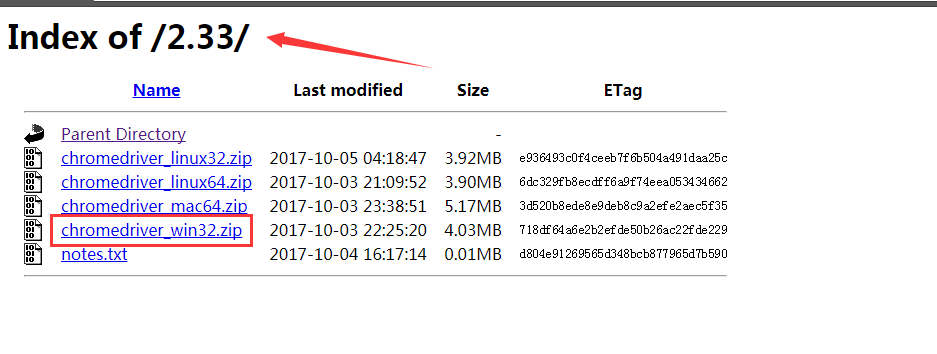python实现烟花小程序
本文实例为大家分享了python实现烟花小程序的具体代码,供大家参考,具体内容如下
'''
FIREWORKS SIMULATION WITH TKINTER
*self-containing code
*to run: simply type python simple.py in your console
*compatible with both Python 2 and Python 3
*Dependencies: tkinter, Pillow (only for background image)
*The design is based on high school physics, with some small twists only for aesthetics purpose
import tkinter as tk
#from tkinter import messagebox
#from tkinter import PhotoImage
from PIL import Image, ImageTk
from time import time, sleep
from random import choice, uniform, randint
from math import sin, cos, radians
# gravity, act as our constant g, you can experiment by changing it
GRAVITY = 0.05
# list of color, can choose randomly or use as a queue (FIFO)
colors = ['red', 'blue', 'yellow', 'white', 'green', 'orange', 'purple', 'seagreen','indigo', 'cornflowerblue']
Generic class for particles
particles are emitted almost randomly on the sky, forming a round of circle (a star) before falling and getting removed
from canvas
Attributes:
- id: identifier of a particular particle in a star
- x, y: x,y-coordinate of a star (point of explosion)
- vx, vy: speed of particle in x, y coordinate
- total: total number of particle in a star
- age: how long has the particle last on canvas
- color: self-explantory
- cv: canvas
- lifespan: how long a particle will last on canvas
class part:
def __init__(self, cv, idx, total, explosion_speed, x=0., y=0., vx = 0., vy = 0., size=2., color = 'red', lifespan = 2, **kwargs):
self.id = idx
self.x = x
self.y = y
self.initial_speed = explosion_speed
self.vx = vx
self.vy = vy
self.total = total
self.age = 0
self.color = color
self.cv = cv
self.cid = self.cv.create_oval(
x - size, y - size, x + size,
y + size, fill=self.color)
self.lifespan = lifespan
def update(self, dt):
self.age += dt
# particle expansions
if self.alive() and self.expand():
move_x = cos(radians(self.id*360/self.total))*self.initial_speed
move_y = sin(radians(self.id*360/self.total))*self.initial_speed
self.cv.move(self.cid, move_x, move_y)
self.vx = move_x/(float(dt)*1000)
# falling down in projectile motion
elif self.alive():
move_x = cos(radians(self.id*360/self.total))
# we technically don't need to update x, y because move will do the job
self.cv.move(self.cid, self.vx + move_x, self.vy+GRAVITY*dt)
self.vy += GRAVITY*dt
# remove article if it is over the lifespan
elif self.cid is not None:
cv.delete(self.cid)
self.cid = None
# define time frame for expansion
def expand (self):
return self.age <= 1.2
# check if particle is still alive in lifespan
def alive(self):
return self.age <= self.lifespan
Firework simulation loop:
Recursively call to repeatedly emit new fireworks on canvas
a list of list (list of stars, each of which is a list of particles)
is created and drawn on canvas at every call,
via update protocol inside each 'part' object
def simulate(cv):
t = time()
explode_points = []
wait_time = randint(10,100)
numb_explode = randint(6,10)
# create list of list of all particles in all simultaneous explosion
for point in range(numb_explode):
objects = []
x_cordi = randint(50,550)
y_cordi = randint(50, 150)
speed = uniform (0.5, 1.5)
size = uniform (0.5,3)
color = choice(colors)
explosion_speed = uniform(0.2, 1)
total_particles = randint(10,50)
for i in range(1,total_particles):
r = part(cv, idx = i, total = total_particles, explosion_speed = explosion_speed, x = x_cordi, y = y_cordi,
vx = speed, vy = speed, color=color, size = size, lifespan = uniform(0.6,1.75))
objects.append(r)
explode_points.append(objects)
total_time = .0
# keeps undate within a timeframe of 1.8 second
while total_time < 1.8:
sleep(0.01)
tnew = time()
t, dt = tnew, tnew - t
for point in explode_points:
for item in point:
item.update(dt)
cv.update()
total_time += dt
# recursive call to continue adding new explosion on canvas
root.after(wait_time, simulate, cv)
def close(*ignore):
"""Stops simulation loop and closes the window."""
global root
root.quit()
if __name__ == '__main__':
root = tk.Tk()
cv = tk.Canvas(root, height=600, width=600)
# use a nice background image
image = Image.open("./image1.jpg")#背景照片路径自行选择,可以选择酷炫一点的,看起来效果会#更好
photo = ImageTk.PhotoImage(image)
cv.create_image(0, 0, image=photo, anchor='nw')
cv.pack()
root.protocol("WM_DELETE_WINDOW", close)
root.after(100, simulate, cv)
root.mainloop()
注意:这里需要安装tkinter,安装过程:
step1:
>>> import _tkinter # with underscore, and lowercase 't'
step2:
>>> import Tkinter # no underscore, uppercase 'T' for versions prior to V3.0
>>> import tkinter # no underscore, lowercase 't' for V3.0 and later
step3:
>>> Tkinter._test() # note underscore in _test and uppercase 'T' for versions prior to V3.0
>>> tkinter._test() # note underscore in _test and lowercase 'T' for V3.0 and later
然后就可以运行了,在代码中有一个背景照片部分,路径可自行选择!我这里就不修改了。
以上就是本文的全部内容,希望对大家的学习有所帮助,也希望大家多多支持【听图阁-专注于Python设计】。

